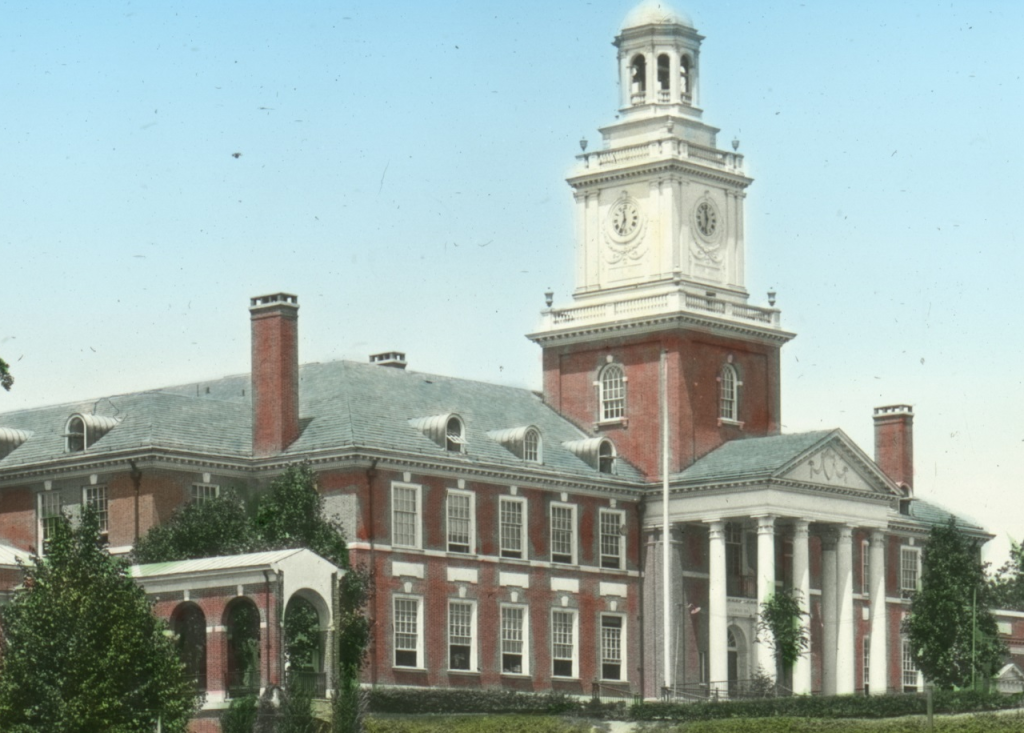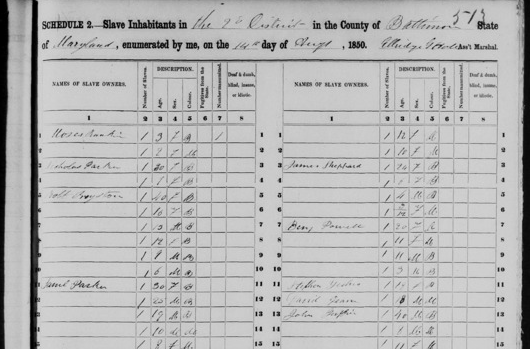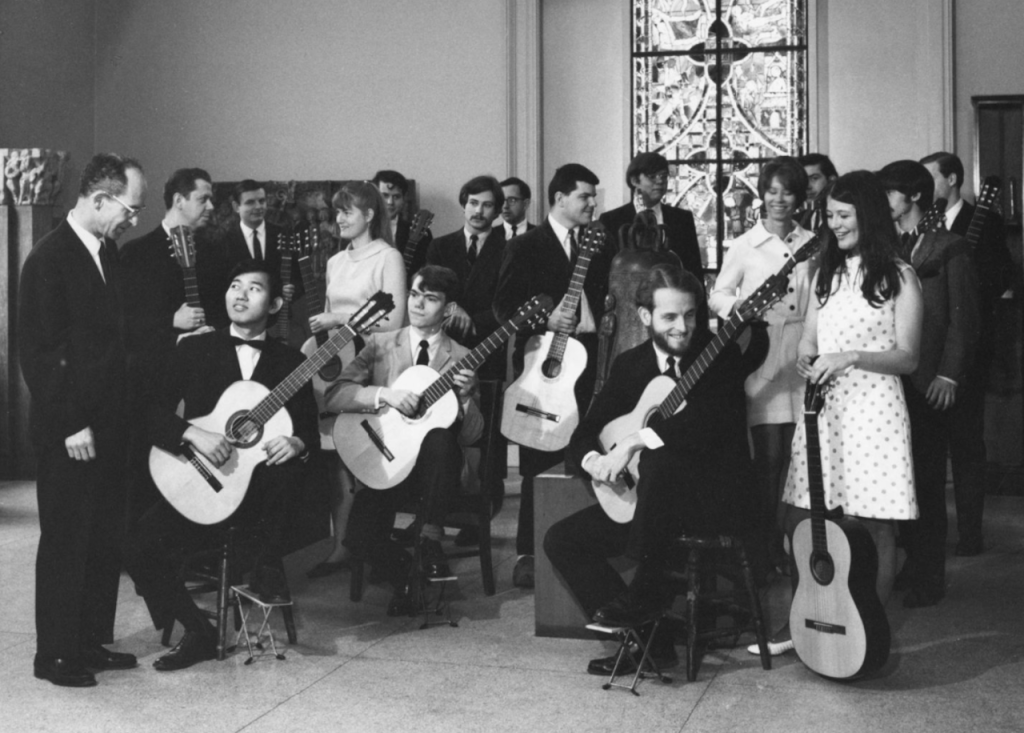WELCOME TO HOPKINS RETROSPECTIVE
Background
Hopkins Retrospective is a universitywide public history initiative launched in 2013 and sponsored by the Office of the President.
We are charged with exploring the history of Johns Hopkins University and sharing it with our communities in meaningful ways. The program is coordinated by archivists and historians embedded in the university’s library. We strive to more deeply understand our past and weave our collective history into the university experience.



